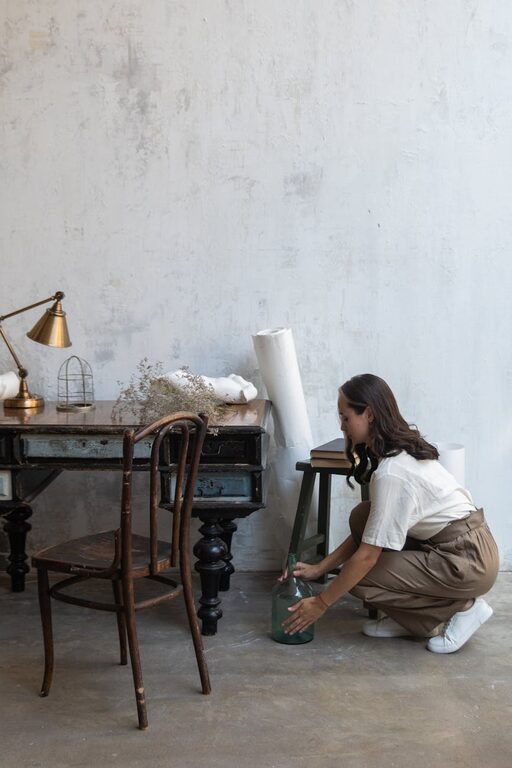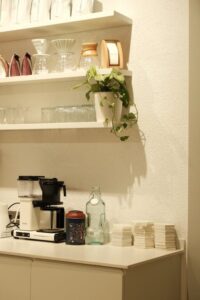
Creating a relaxing home workspace is essential for maintaining focus, reducing stress, and improving productivity. Whether you work remotely full-time or occasionally need a quiet spot at home for tasks, your environment plays a big role in how comfortable and effective you feel. In this post, we’ll explore practical steps to design a workspace that promotes calm and helps you stay on track throughout the day.
Why a Relaxing Workspace Matters
A cluttered or uncomfortable workspace can lead to distractions, tension, and fatigue. On the other hand, a well-thought-out area that invites relaxation supports clear thinking and creativity. When your workspace feels welcoming, it’s easier to stay motivated and finish tasks without feeling overwhelmed.
Choosing the Right Spot in Your Home
Your first step is finding the best location for your workspace.
– Natural Light: Aim for a spot near a window to take advantage of natural light. It can improve your mood and reduce eye strain.
– Quiet Area: Select a location away from household noise and foot traffic if possible.
– Space: Make sure there’s enough room for your desk, chair, and equipment without feeling cramped.
– Privacy: If you have family members or roommates, consider a spot where you can maintain some privacy during work hours.
Investing in Comfortable Furniture
Comfort is key to staying relaxed while working.
Desk
Choose a desk that fits your space and accommodates your work materials. Adjustable desks that can transition between sitting and standing positions are great for comfort and health.
Chair
Your chair should provide proper support for your back and encourage good posture. Adjustable office chairs with cushioning make long work hours easier on your body.
Organizing Your Workspace Effectively
An organized desk helps reduce distractions and stress.
– Declutter: Keep only the essentials on your desk. Store other items in drawers or shelves.
– Storage Solutions: Use organizers, trays, or baskets to keep papers, stationery, and devices tidy.
– Cable Management: Use clips or ties to keep cords neat and prevent tangling.
– Minimalism: Avoid too many decorations or items that don’t serve a purpose in your workflow.
Personalizing Your Space for Calm
Adding personal touches can make your workspace feel inviting without cluttering it.
– Plants: Small indoor plants can improve air quality and add a calming green touch.
– Art or Photos: Display pictures or art that inspire you but keep it simple to avoid distractions.
– Color Palette: Choose soothing colors like soft blues, greens, or neutral tones to create a peaceful vibe.
– Scents: Consider a gentle diffuser with calming scents like lavender or eucalyptus.
Lighting Tips for a Relaxing Atmosphere
Proper lighting supports both relaxation and productivity.
– Natural Light First: As mentioned, natural light is ideal.
– Task Lighting: Desk lamps with adjustable brightness help reduce eye strain during detailed work.
– Avoid Harsh Lighting: Use soft, warm lights rather than overly bright or flickering sources.
– Evening Setup: Use dimmable lights or lamps with warm tones for working late without disrupting relaxation.
Incorporating Break and Movement Areas
Taking short breaks and moving regularly can refresh your mind and body.
– Break Zone: If space allows, create a small corner with a comfy chair or cushion where you can rest briefly.
– Stretching Space: Leave room to stretch or do simple exercises during breaks.
– Water Station: Keep a water bottle nearby to stay hydrated and encourage regular pauses.
Maintaining a Healthy Work Routine
A relaxing workspace supports healthy habits, but your routine matters too.
– Set Boundaries: Define work hours and stick to them to avoid burnout.
– Organize Your Day: Use to-do lists or planners to keep track of tasks and deadlines.
– Take Regular Breaks: Follow the 20-20-20 rule—every 20 minutes, look at something 20 feet away for 20 seconds.
– Wind Down: At the end of your workday, tidy your workspace and transition away from work mentally.
Quick Checklist to Create Your Relaxing Workspace
– Choose a quiet, well-lit spot
– Invest in an ergonomic desk and chair
– Keep your desk clutter-free and organized
– Add plants and calming décor
– Use soft, adjustable lighting
– Create a comfortable break area
– Set clear work routines and boundaries
Final Thoughts
Designing a relaxing home workspace doesn’t have to be complicated or expensive. Small changes like organizing your desk, improving lighting, and personalizing the area with calming elements can make a significant difference. By crafting a space that supports comfort and focus, you’ll find it easier to stay productive and maintain a positive mindset while working from home.
Take the time to shape your workspace into a place where you feel relaxed and motivated—your mind and body will thank you!





